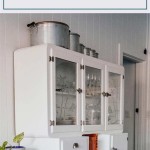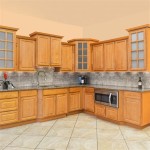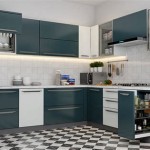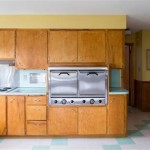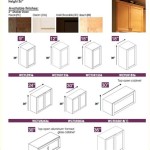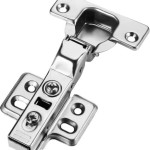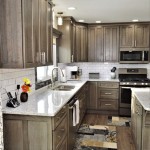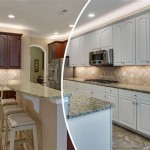Essential Aspects of Best Depth for Upper Kitchen Cabinets
Upper kitchen cabinets play a crucial role in kitchen functionality and aesthetics. Their depth significantly impacts storage capacity, accessibility, and the overall flow of the space. Understanding the essential aspects of best depth for upper kitchen cabinets is essential for creating a well-designed and efficient kitchen. This article will explore the key factors to consider when determining the optimal depth for your upper cabinets, ensuring that they meet your storage needs and complement the design of your kitchen.Accessibility
Cabinet depth directly affects how easily you can access stored items. Deeper cabinets may offer more storage space, but they can make it difficult to reach items at the back, especially if they are heavy or bulky. On the other hand, shallower cabinets provide easier access but may limit storage capacity. Determine the types of items you plan to store and consider how often you will need to access them to strike a balance between accessibility and storage space.Storage Capacity
The depth of the cabinets also influences their storage capacity. Deeper cabinets can accommodate more items, making them ideal for storing large pots, pans, and other bulky kitchenware. However, if the cabinets are too deep, it can become challenging to organize and find items. For smaller kitchens or those with limited storage space, shallower cabinets may be more suitable, allowing for essential items to be stored within easy reach.Countertop Space
Cabinet depth affects the amount of countertop space available. Deeper cabinets will project further into the room, reducing the available counter space. If your kitchen has limited countertop area, it may be wise to opt for shallower cabinets to maximize the space for food preparation and other tasks. Conversely, if countertop space is not a concern, deeper cabinets can provide additional storage capacity without sacrificing countertop area.Kitchen Layout and Design
The layout and overall design of your kitchen should also influence your choice of cabinet depth. In narrow kitchens, deeper cabinets may not be suitable as they can make the space feel cramped and uninviting. Similarly, very shallow cabinets in larger kitchens can create a disjointed and unfinished look. Consider the proportions of your kitchen and the overall design style when determining the best depth for your upper cabinets.Standard Depths
Standard upper cabinet depths range from 12 inches to 18 inches. The most common depth is 15 inches, which provides a balance of accessibility, storage capacity, and countertop space. However, standard depths may not always be suitable for every kitchen. Custom-sized cabinets can be ordered to accommodate specific needs, such as tight spaces or specialized storage requirements.
Get More Kitchen Storage With Counter Depth Upper Cabinets

Get More Kitchen Storage With Counter Depth Upper Cabinets

Get More Kitchen Storage With Counter Depth Upper Cabinets

Get More Kitchen Storage With Counter Depth Upper Cabinets

Get More Kitchen Storage With Counter Depth Upper Cabinets

Get More Kitchen Storage With Counter Depth Upper Cabinets

Kitchen Cabinet Sizes What Are Standard Dimensions Of Cabinets

Everything About Counter Depth Upper Cabinets Paraxwood

Everything About Counter Depth Upper Cabinets Paraxwood

How Deep Are Kitchen Wall Cabinets A Quick Guide To Cabinet Dimensions Arinsolangeathome
Related Posts

